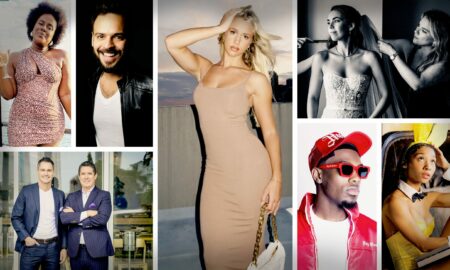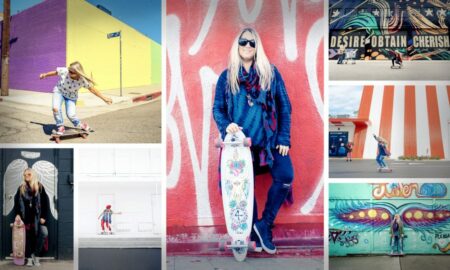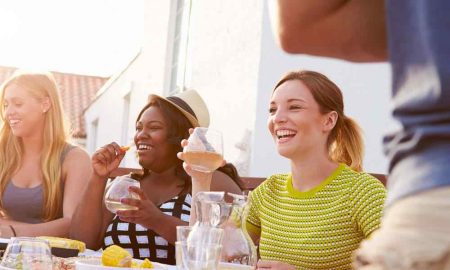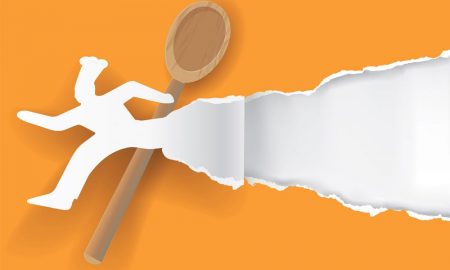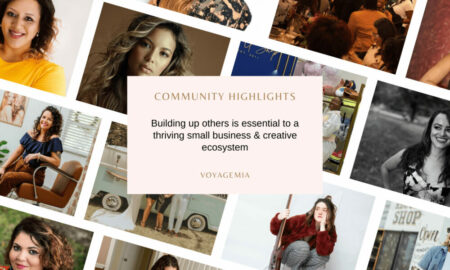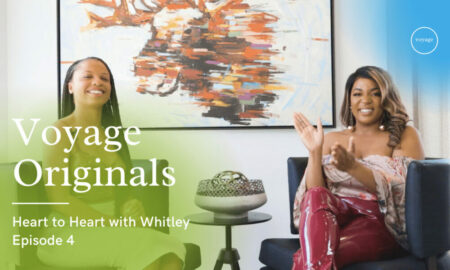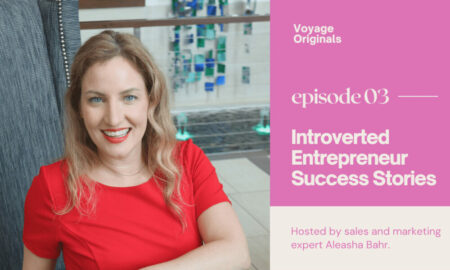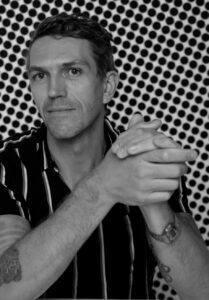 Today we’d like to introduce you to Philip Lique.
Today we’d like to introduce you to Philip Lique.
Hi Philip, we’d love for you to start by introducing yourself.
I come from a small town in Connecticut where being an artist didn’t make much sense to anyone.
A distant cousin of mine had gone to art school to study graphic design and that was the only blueprint I had for pursuing a creative career. So, I attended Paier College of Art in Hamden, CT., the same college he had graduated from a decade earlier. I studied advertising and graphic design four days a week and I worked almost full-time as a film developer. I’m not sure if I slept.
I quit my first job as a graphic designer because I found it to be tedious, boring, and unrewarding. I spent the next few years bartending, which afforded me sufficient income to rent my first studio in New Haven, CT. The top floor of my studio building was filled with artists. It was brutally hot in the summer, and diabolically cold in the winter, but for the first time in my life, I knew I belonged somewhere.
I managed to wiggle my way into a developing MFA program at Western Connecticut State University, almost by accident. I visited the school and was introduced as someone with an “interest in fine art”. I convinced the dean that I could learn to paint, even though my background was in graphic design, and after a semester auditing an introductory painting course, she officially accepted me into the program.
I continued to work full-time and went to school, again. I collaborated with other artists and began to transform my small-town labor skills into more refined “fabrication” or “installation” skills. I didn’t paint much while I studied for my MFA; instead, it became clear to me that I was an interdisciplinary artist.
With an MFA, I began to teach locally in the New Haven area. I would teach any class that was offered to me. I even wound up working at Yale in the sculpture department. In 2014, I co-founded an independent art space in New Haven. Every show was accompanied by printed material and, eventually, I began to publish my zines.
When I moved to Miami in 2016, it took a while to find my niche. I worked dozens of odd jobs in the arts because my skill set lent itself to many different things. During Miami Art Week, I would work both front and back-of-house gigs, running guided tours of Art Basel during the day and building pedestals for galleries at night.
I had never let go of independent publishing and was still actively looking for my creative community. I began working with EXILE Books in 2017. I designed publications, ran activities, managed sales, wrote grants and proposals, and organized publishing fairs. The job demanded all of my skills and put me in close contact with the Miami art community
In 2020, I was invited to participate in the Bakehouse Art Complex’s Summer Open, a short-term residency program. What was originally a temporary residency, became a permanent work space. I was accepted into the studio residency program and have been helping manage the woodshop facility since my arrival. Being at Bakehouse has given me more visibility as an artist in South Florida, connected me to so many people, and added credibility to my art practice.
During this time, I was making artwork predominantly from cardboard, house paint, and duct tape and while it was fun to construct, it had no sales value. I felt that it was time to make a distinct change in the medium I worked in. With help from Emerson Dorsch Gallery, I put together an experimental installation at MadArts in Dania Beach. Later, the show traveled to the SPRING BREAK Art Fair in New York. I kept working with EXILE, mounting an art book fair in partnership with Printed Matter, Inc. at NADA Art Fair. A year later, I began to feel the need to expand my practice. I remained in contact with MadArts and eventually joined their team as Director of Exhibitions to help with bigger and bolder projects.
In 2022, I received a Wavemaker Grant through Locust Projects for my proposal for Art Deli. When I was selected to participate in the inaugural installation in the Walgreens Windows on Miami Beach for the Bass Museum and Bakehouse partnership, it was a good opportunity to build a pilot version of Art Deli which I titled Living and Made on-view through October 2023. I have an upcoming solo show in September with Emerson Dorsch, and MadArts is opening up as a full-fledged experiential museum in January.
It feels like I didn’t plan much of my trajectory before the last 3 or 4 years of my life. It’s been a very complicated and confusing 20 years, but the rest should be a breeze, right?
I’m sure it wasn’t obstacle-free, but would you say the journey has been fairly smooth so far?
Smooth? No. There are no smooth roads. Yes, there have been lots of struggles, mostly private and deeply personal.
I try to think of life in terms of a sine wave. The goal is to minimize the huge distance between the peaks and valleys and make them smaller and more manageable. I can’t say that a smooth road is what I have ever strived for.
I’m trying to manage the space between being unaware of my behavior and lacking the ability to acknowledge my own needs and values. Once I’ve harnessed that I’ll have most of my problems solved.
Thanks for sharing that. So, maybe next you can tell us a bit more about your work?
My studio practice emphasizes process. I manipulate modest materials to build upon that which I have already mastered or exhausted and work to translate those ideas into objects.
I explore intuitively and make obsessively, guided by the synergy between history, material, and design. In this way, my work is about craft and skill, exploring the modulation between ‘high’ and ‘low’ finish. I’m proud to have a diverse set of skills: I can apply vinyl; I can build furniture; I can use tools. All these skills play into my practice.
I am by no means a master of any trade, but I can make things and I believe that sets me apart from other artists.
Currently, I have work Located at 23rd Street and Collins Avenue in the Walgreens storefront.
“Living and Made “is a 93-foot-long public installation that explores the intricate relationships between materials and the intentional and improvised act of “making.” It references and reconsiders elements of retail window displays, theatrical scenery and backdrops, and traditional still-life arrangements, Living and Made is a combination of sculptures, wallpapers, paintings, ready-made objects, Walgreens products, and live cactus plants.
The display is a way for me to consider how both living things and manufactured objects regenerate to form extensions of themselves, and create something entirely new and unexpected in the process.
The installation serves both as a practical environment for cactus propagation and growth, as well as a space for me to experiment with the creation of unique pieces, with individual components sourced and reclaimed from previous works. “Living and Made” is about the artistic impulse to adapt and revise, linking the evolution of ideas with the gradual (and potentially unavoidable) increase in the quantity (and quality) of objects.
The work is a pilot project for a partnership between the Bass Museum and Bakehouse Art Complex. It’s a thrill to have work up in a place that has so much visibility.
What matters most to you? Why?
I want to do bigger and better projects. It’s important to expand my reach and my practice. I want to exhibit work outside of Florida and continue to build on the public activations and programs that I’ve developed so that they can be experienced in new spaces.
Being an artist, or just being a creative person, is about establishing and working within a network. As I expand my network, I have the agency to do more things.
The trick is to remain an authentic person. My network expands in the direction of friends and colleagues. Transactional exchanges are good for goods and services, but building relationships takes time and an investment in people.
Contact Info:
- Website: https://phillique.com
- Instagram: https://www.instagram.com/philip_lique
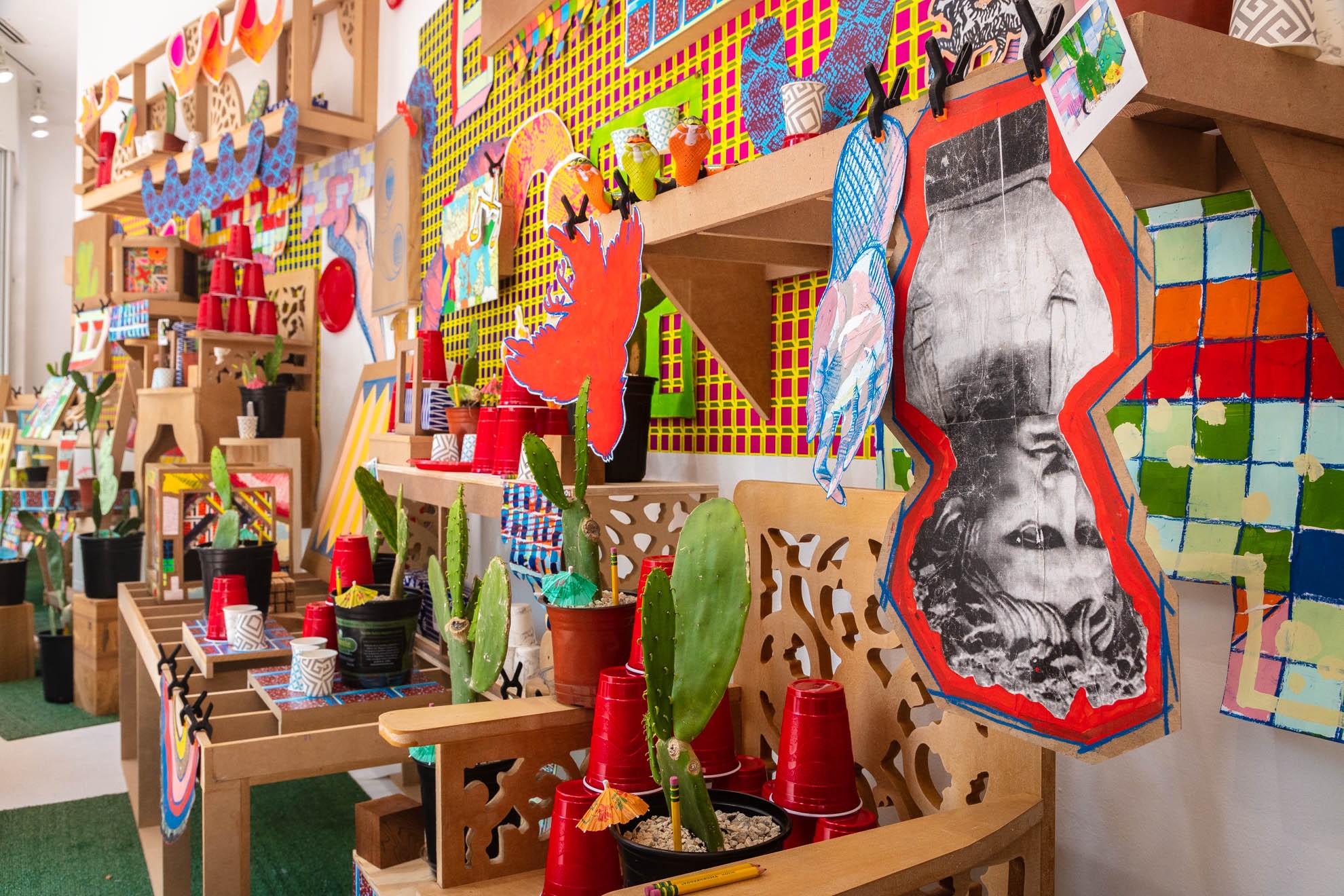
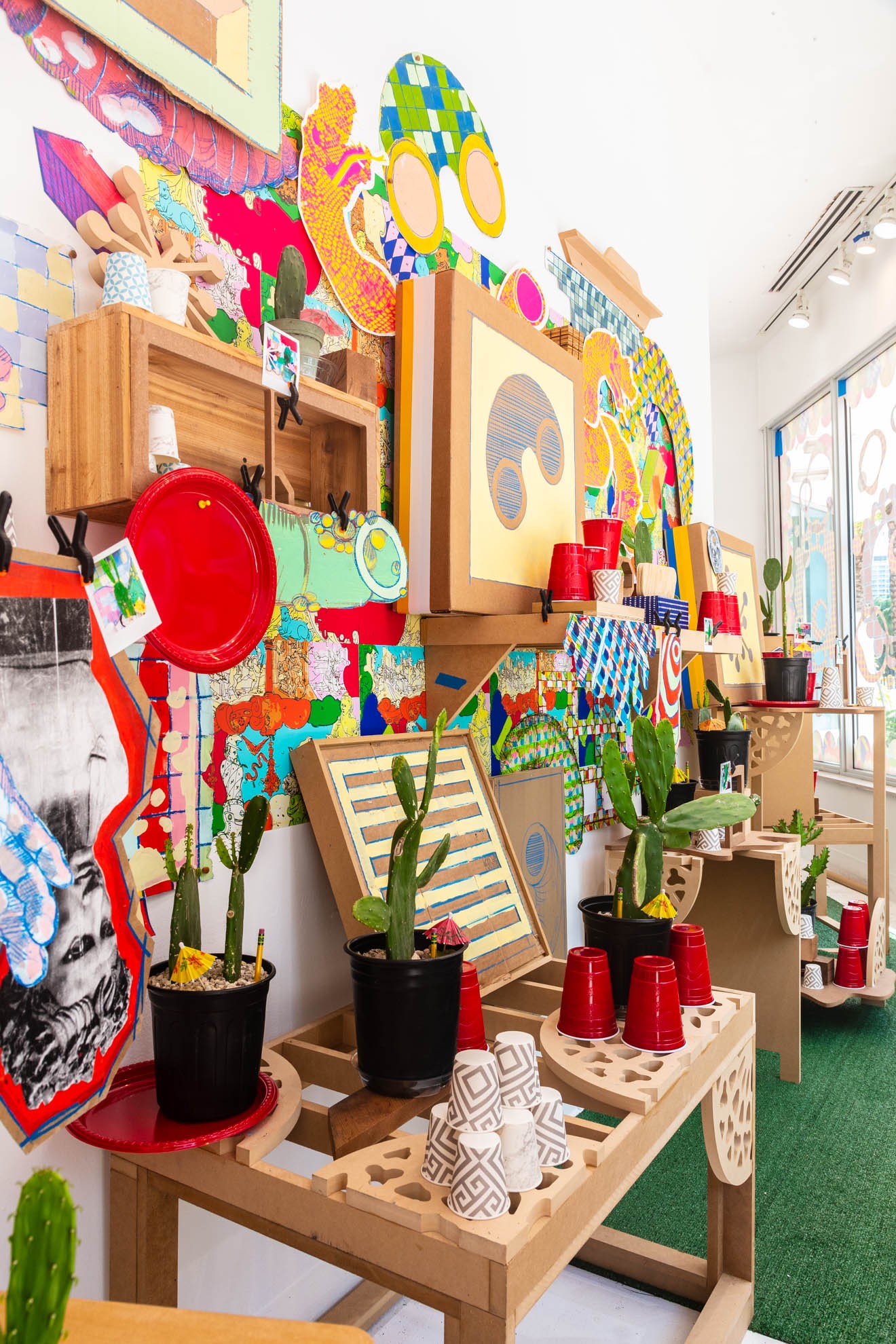
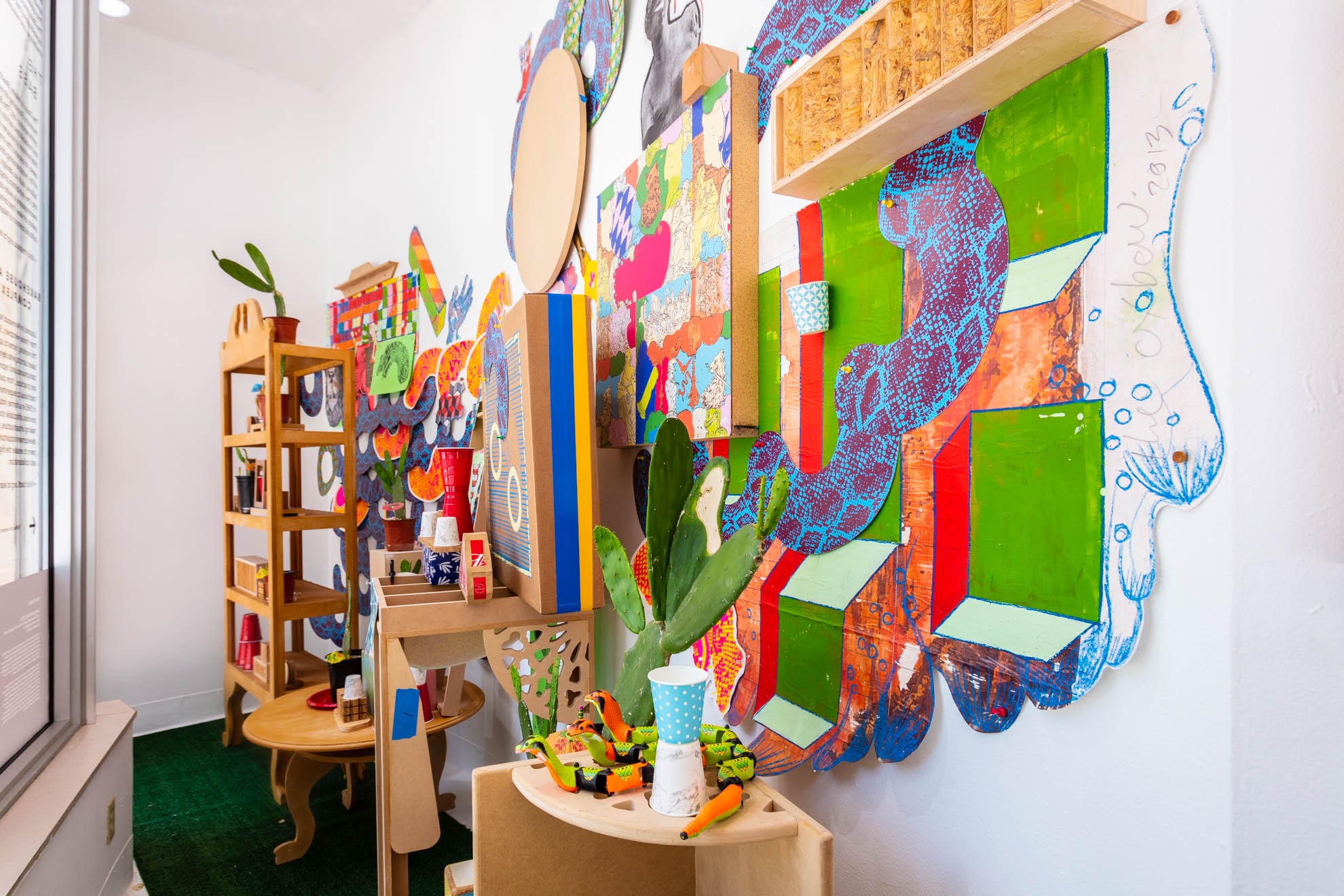
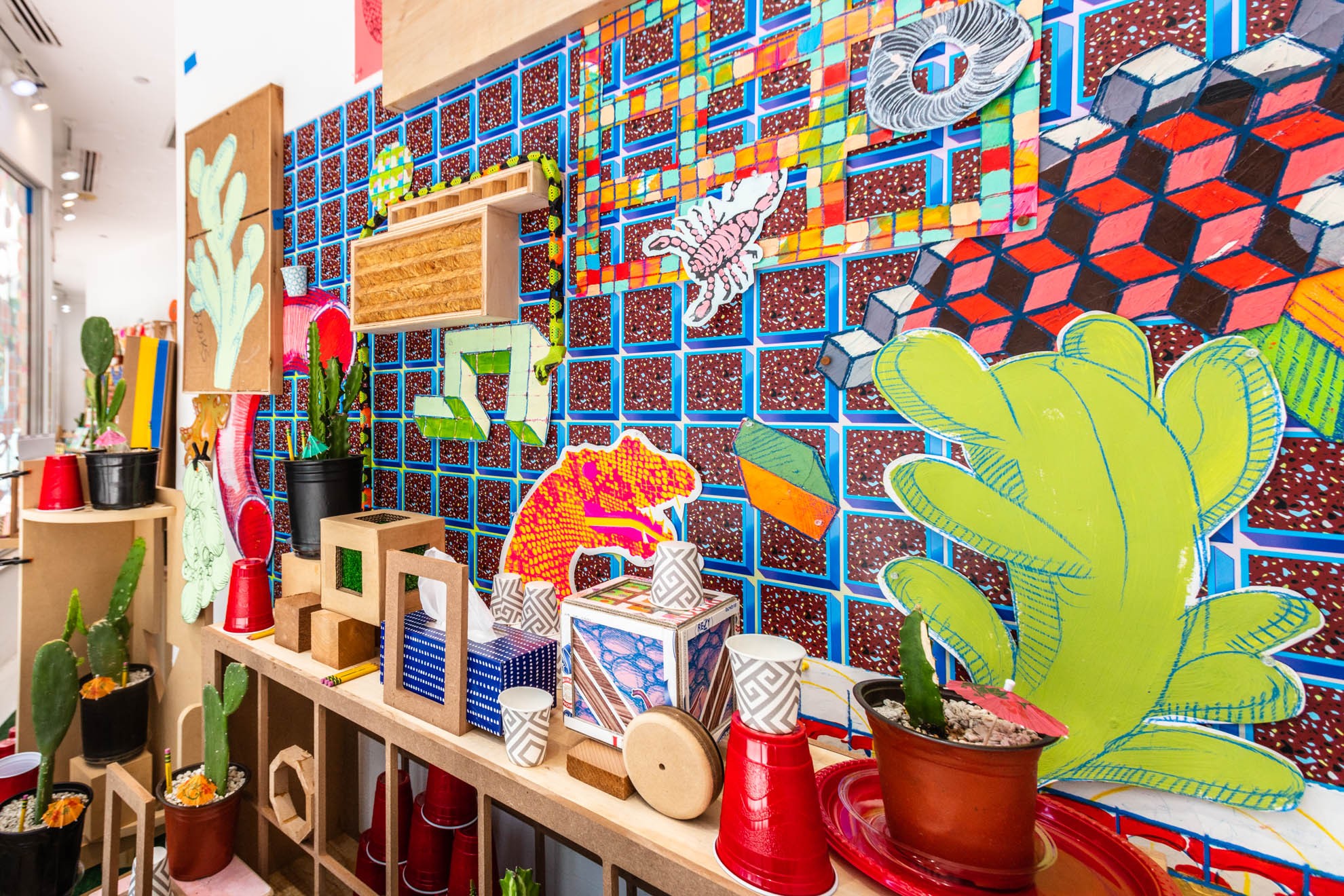
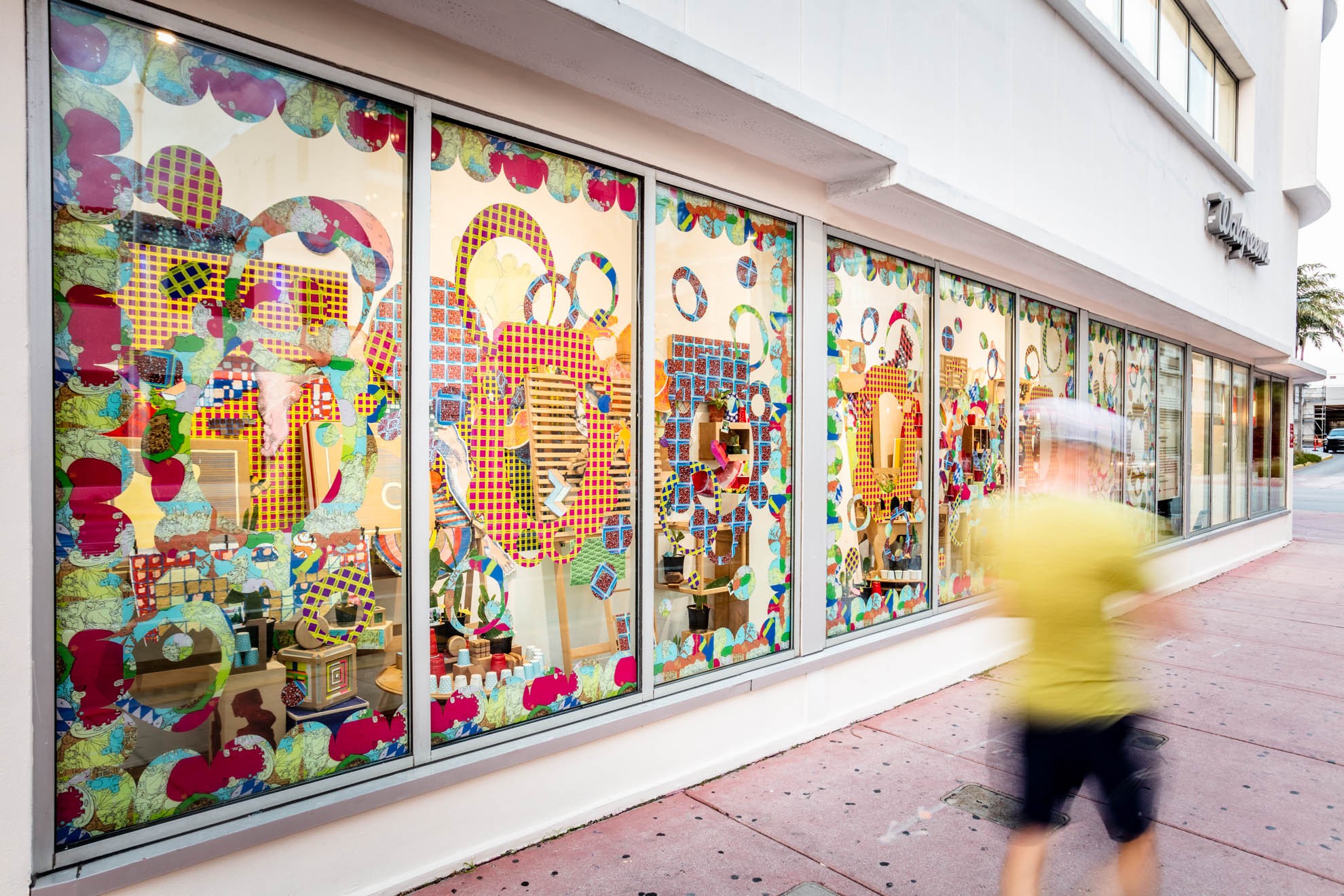
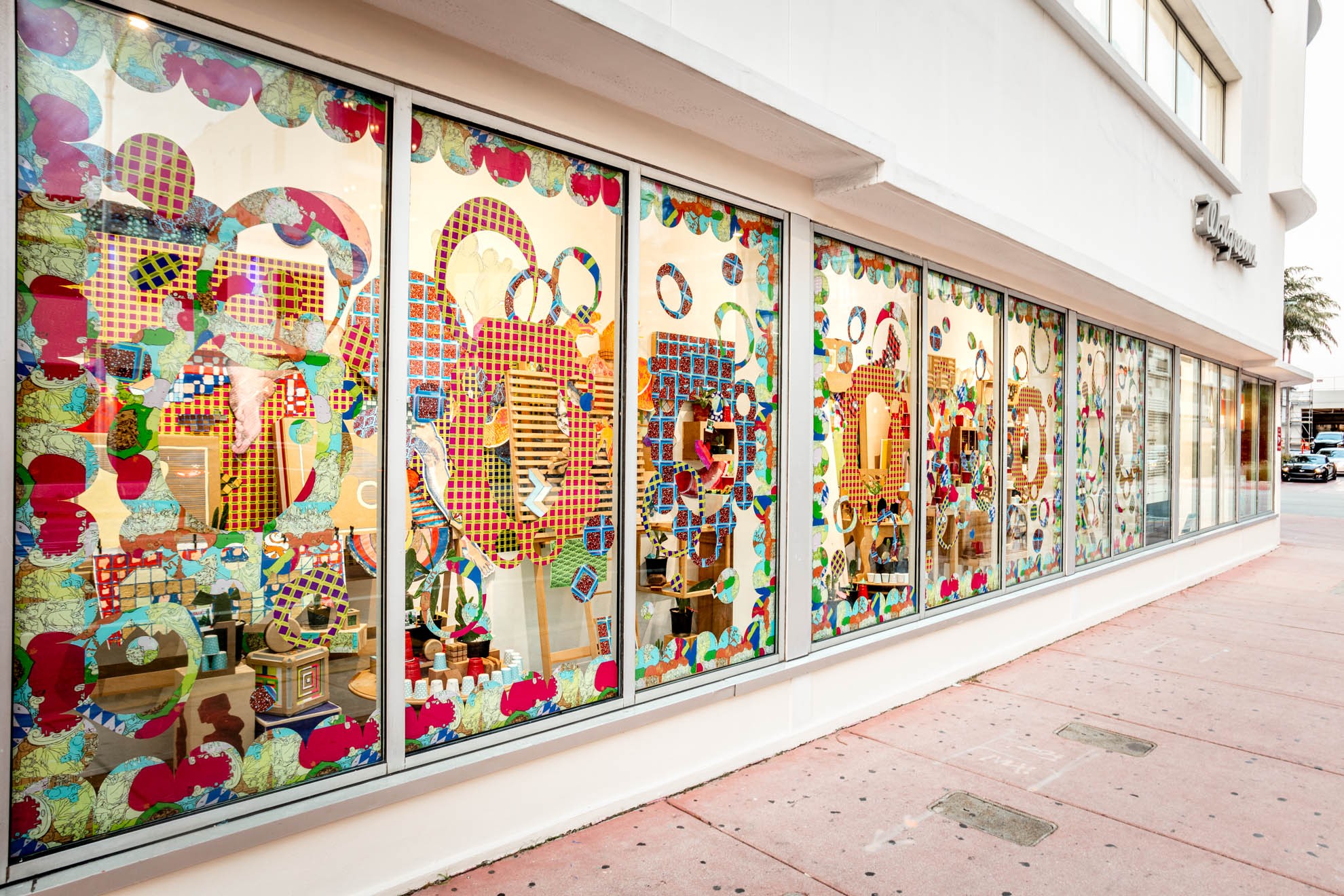
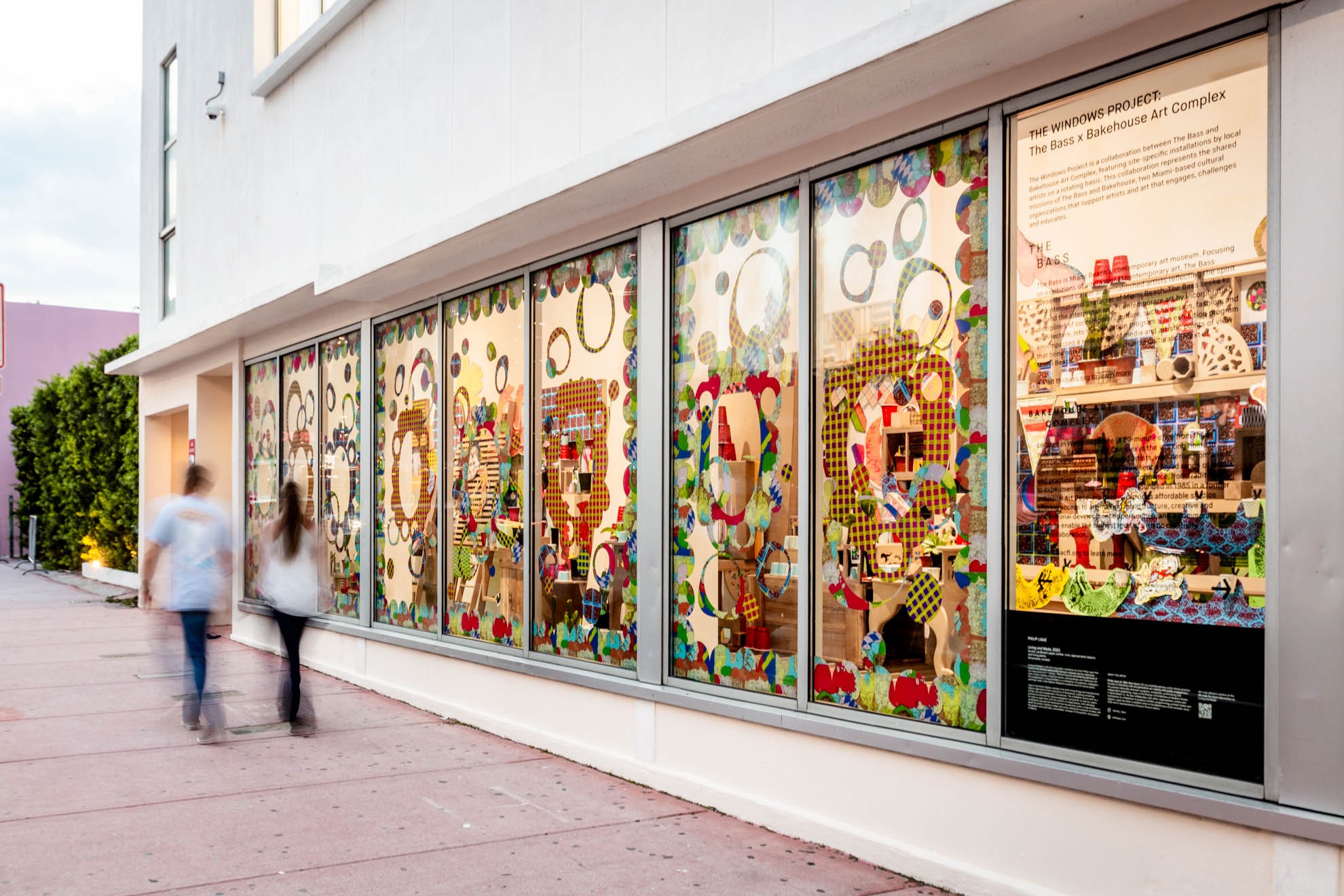
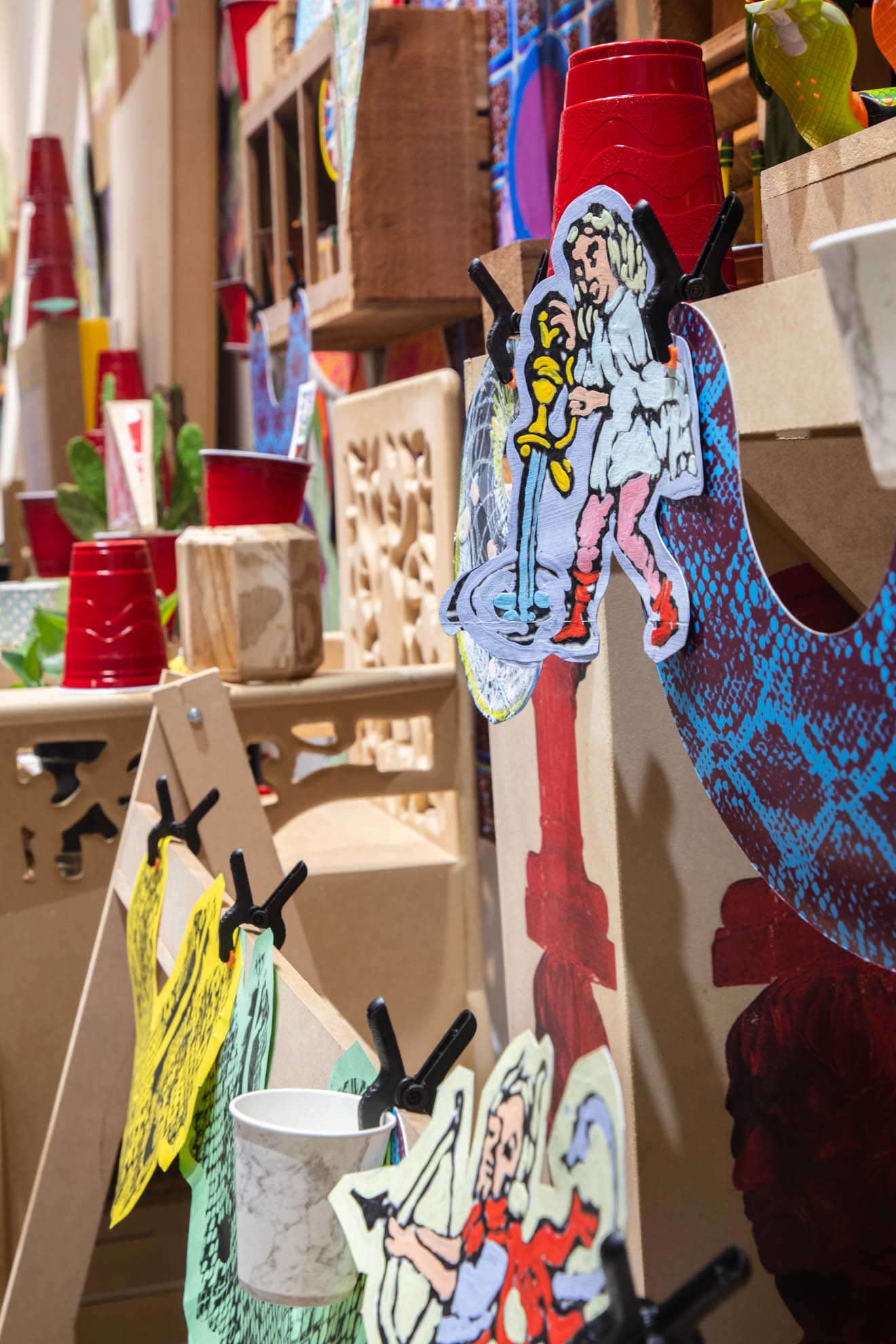 Image Credits
Image Credits
Leslie Gabaldon, Zaire Aranguren, and The Bass

